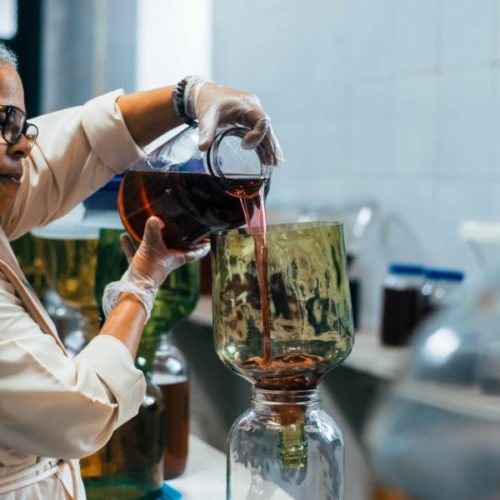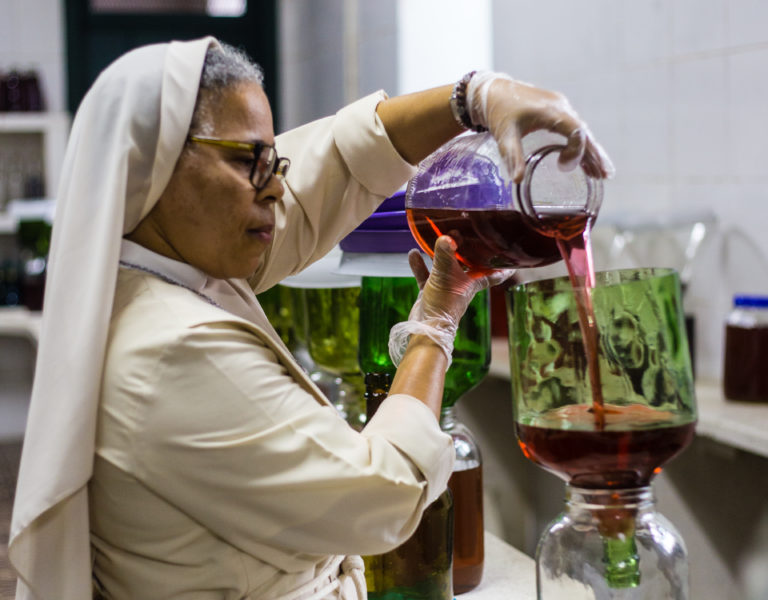
Bahia’s history and memory in a single neighborhood
Churches, convents, forums and mosque form the region

Salvador’s social, legal and health history goes through the neighborhood of Nazaré, which is also a famous bohemian spot in the capital of Bahia and great for having fun with friends. The region was one of the first in the city to be inhabited after the arrival of the Portuguese. It was there that the “Santa Casa da Bahia” was founded, in the same year of Salvador city foundation. The neighborhood started to be occupied more effectively at the time of the Dutch invasion in Bahia, in 1624. As a result, until today, the neighborhood has as architectural feature many mansions, churches, convents and old buildings.
Located in the center of Salvador, between the neighborhoods of Brotas, Tororó, Barbalho and the Historic Center, Nazaré has Joana Angélica Avenue as its central area – which is one of the most important commercial centers in the city and also preserves part of the memory of the Independence of Bahia. It has important historical and religious constructions. Catholicism guided the process of housing occupation in the region and even gave the name to the neighborhood that, in the beginning, was written Nazareth – honoring Our Lady of Nazareth.
The neighborhood also has the Church and Convent of Nossa Senhora do Desterro, which was the first convent of Poor Clare sisters built in Brazil. Despite the strength of Catholicism, this is not the only religion that is part of the neighborhood’s history. Nazaré is the only place in Salvador that has a mosque that is located in the Islamic Cultural Center of Bahia.
Besides the historical aspect, the neighborhood has a lively nightlife, with many bars and restaurants that are a great option for happy hour. Discover Nazaré: Bahia’s history and memory in a single neighborhood.
Bahia’s Memory
Joana Angélica, the region’s main avenue, honors the nun Joana Angélica, who died defending the Lapa Convent against the Portuguese in the struggle for the Independence of Bahia. Built in 1744, the building is one of the main symbols of the Bahian people’s struggle for freedom. Today, it houses the campus of the Catholic University of Salvador.
In addition to the convent, the neighborhood has other important Catholic religious constructions such as the Church and Convent of Nossa Senhora do Desterro; and the Church of Santíssimo Sacramento and Sant’Ana, located in Ladeira de Santana. The building, dating from the 18th century, has a neoclassical decoration.
And did you know that in the Nossa Senhora do Desterro Convent you can find more than 20 flavors of liqueurs? They are produced with great care by the Franciscan Sisters of the Sacred Heart of Jesus. During the festivities of São João, they are even more popular. Click on this link and learn more about this story.
Strong justice
In the 17th century, with Salvador urban growth, the neighborhood of Nazaré gained one of the first tram lines in the city. As a result, it ended up housing the first law firms in the city. The legal pole formed at the time culminated in the construction, in 1949, of the Ruy Barbosa Forum, where today a memorial honors the famous Bahian lawyer Ruy Barbosa (1849-1923). There, his remains are buried.
Around the forum, there is also the headquarters of the Regional Labor Court (5th Region) and the State Public Ministry (MPE). In the 20th century, the building where the MPE currently stands housed the first Faculty of Philosophy in Bahia (1941).
Santa Casa (Holy House)
Santa Casa da Bahia was founded in 1549, the same year as the city of Salvador, in the neighborhood of Nazaré. The entity was the only one in the State to provide services to the Bahians in the areas of social assistance and health care for about 200 years. Today, in addition to continuing to work on these two segments, Santa Casa develops activities involving teaching and research, culture and early childhood education, through various units, projects and programs.
Santa Casa houses an important part of Salvador formation memory. At Jorge Calmon Memory Center, located in the main building of the Pupileira complex in Nazaré neighborhood, for example, documents dating from the 17th century to the present are available to visitors. There are more than 1.8 thousand books and about a thousand boxes with separate documents that reveal various information, such as purchases of property, children left at “Roda dos Expostos”, clinical records of patients at Hospital da Caridade, Bahia’s first health unit, burials and dowry payments.
There is also the collection of 11 books that gather data on the burials of slaves in the 18th and 19th centuries. The collection is classified as one of the Brazilian documentary collections that are part of the World Memory Program, of the United Nations Educational, Scientific and Cultural Organization (Unesco).













